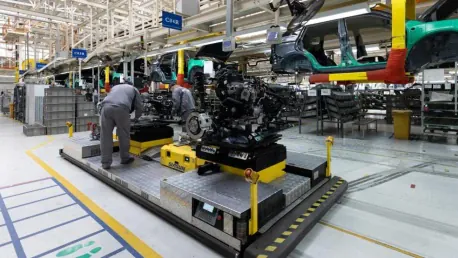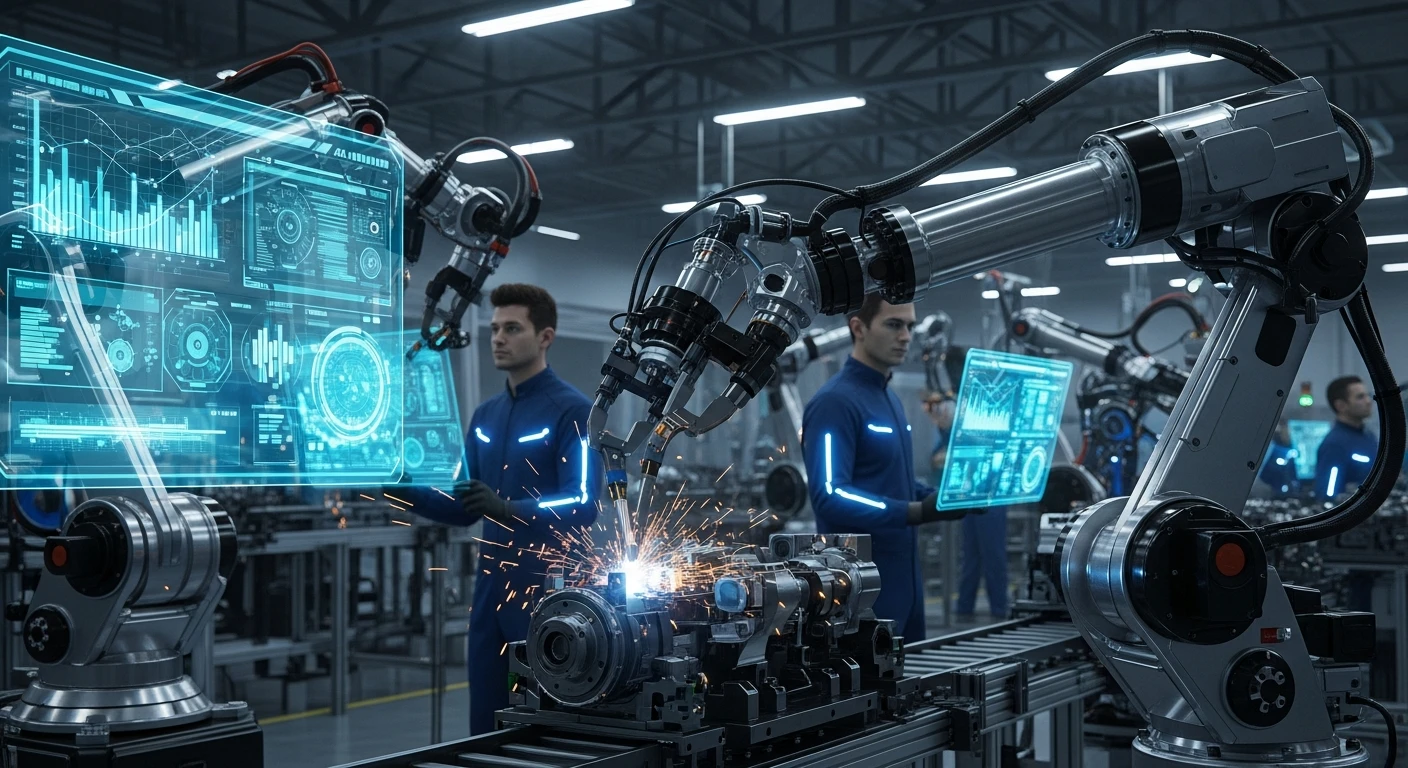As the automotive industry grapples with the transition to electric vehicles (EVs) and the associated logistics challenges, Original Equipment Manufacturers (OEMs) are under immense pressure to reduce costs while maintaining profitability. This dual challenge requires a multi-faceted approach that leverages advanced technologies and innovative strategies. One primary method OEMs are adopting is the use of automation and data analytics to streamline production processes. By integrating robotic systems and utilizing real-time data, manufacturers can enhance operational efficiency, minimize errors, and reduce resource wastage.
Furthermore, the just-in-time (JIT) inventory systems play a crucial role in cutting costs. This strategy focuses on reducing excess inventory and minimizing storage costs by receiving goods only as they are needed in the production process. By aligning inventory closely with production schedules, OEMs can significantly lower carrying costs and reduce the risk of obsolescence. Enhanced supply chain transparency, facilitated by digital tools and platforms, also enables manufacturers to anticipate disruptions and respond swiftly, ensuring smoother operations.
Predictive analytics have emerged as another cornerstone in addressing logistics challenges. By analyzing historical data and identifying patterns, OEMs can forecast demand more accurately and optimize logistics planning. This proactive approach helps in mitigating delays, reducing transportation costs, and improving overall supply chain resilience. In addition, OEMs are increasingly focusing on sustainable practices, such as adopting eco-friendly materials and energy-efficient manufacturing processes, not only to cut costs but also to align with evolving environmental regulations and consumer expectations.
Innovation and collaboration with logistics providers are also crucial in navigating the complexities of the EV landscape. By partnering with specialized logistics companies, OEMs can leverage expert insights and advanced technologies to further optimize their distribution networks. This collaborative approach ensures that manufacturers can maintain a competitive edge while effectively managing the intricate logistics involved in the EV transition. In summary, OEMs are employing a combination of automation, advanced analytics, strategic inventory management, and sustainability initiatives to cut costs and overcome the challenges posed by the shift to electric vehicles and evolving logistics demands.









